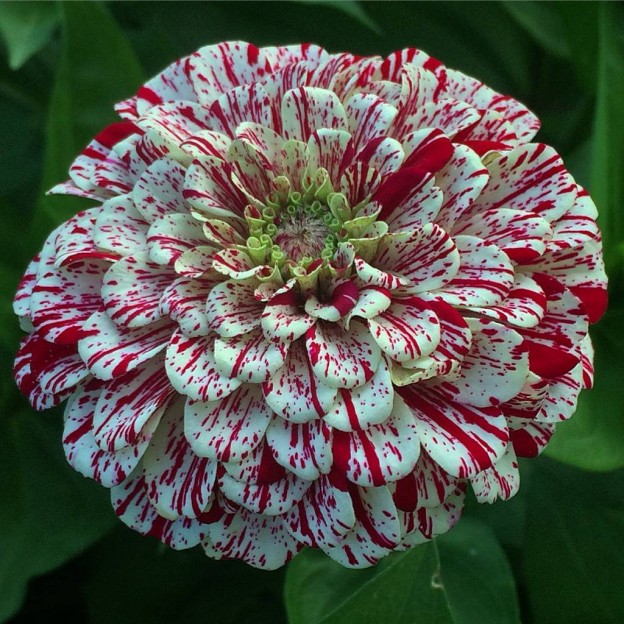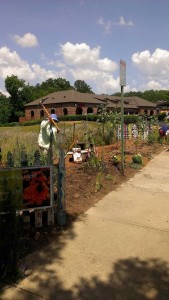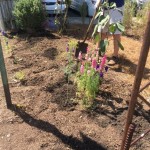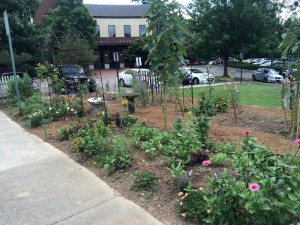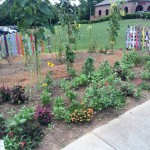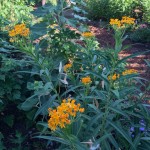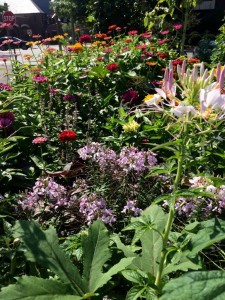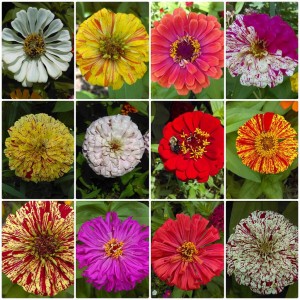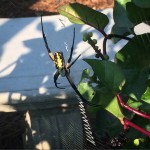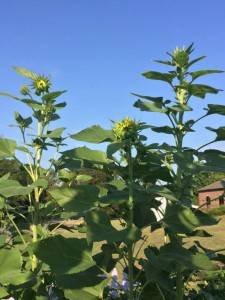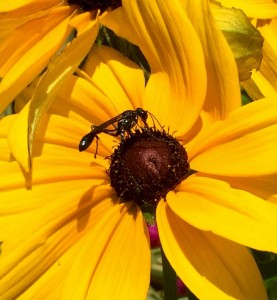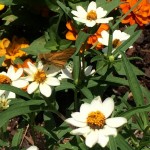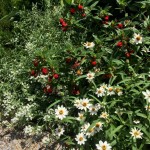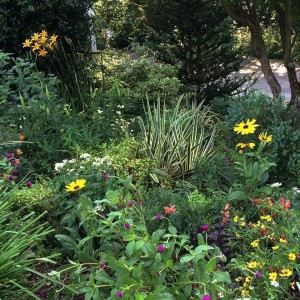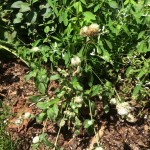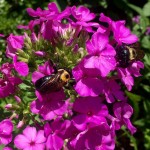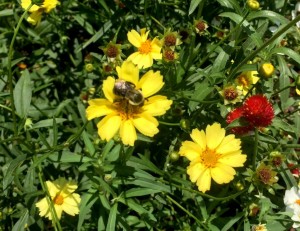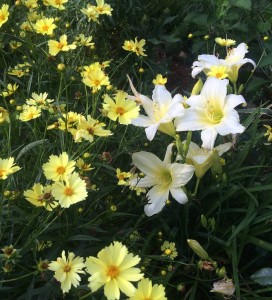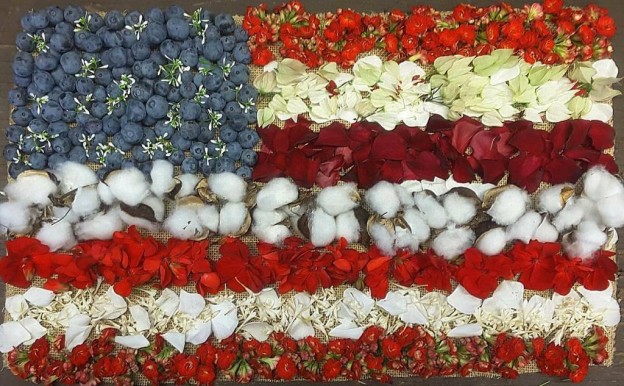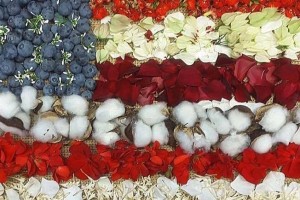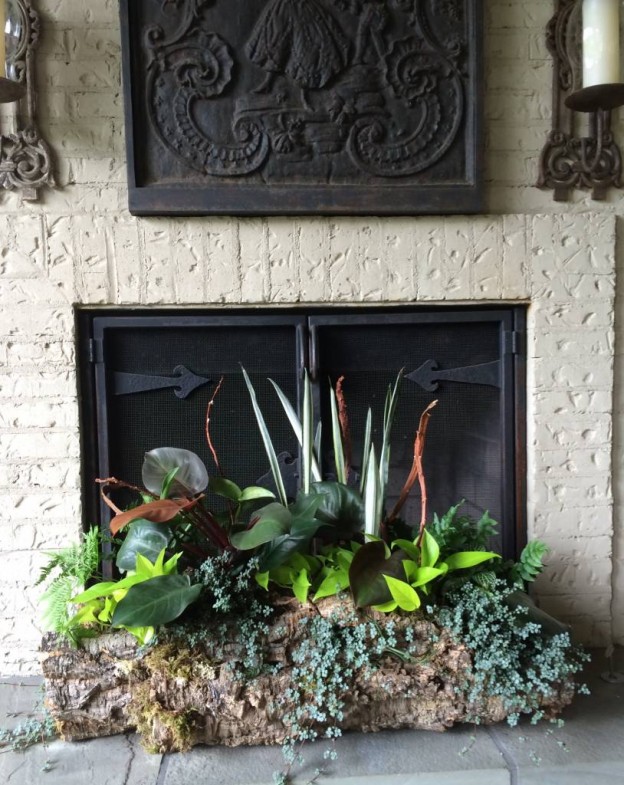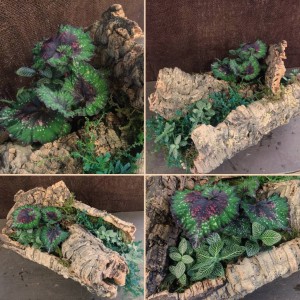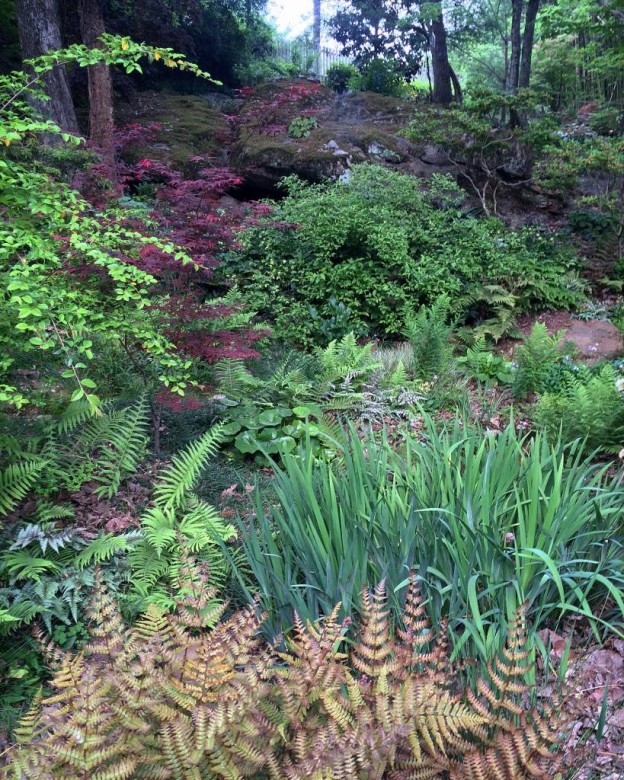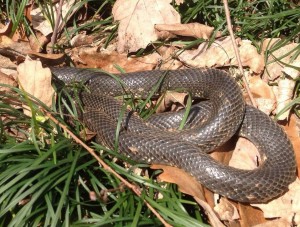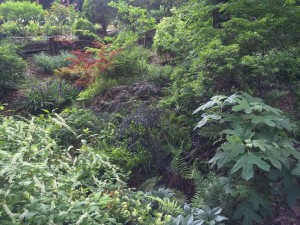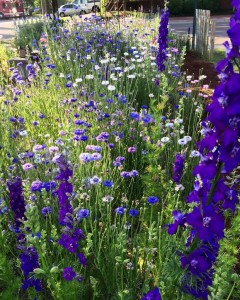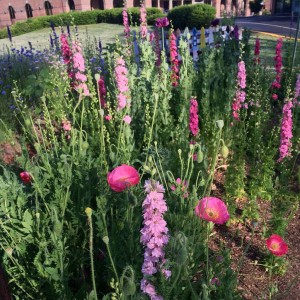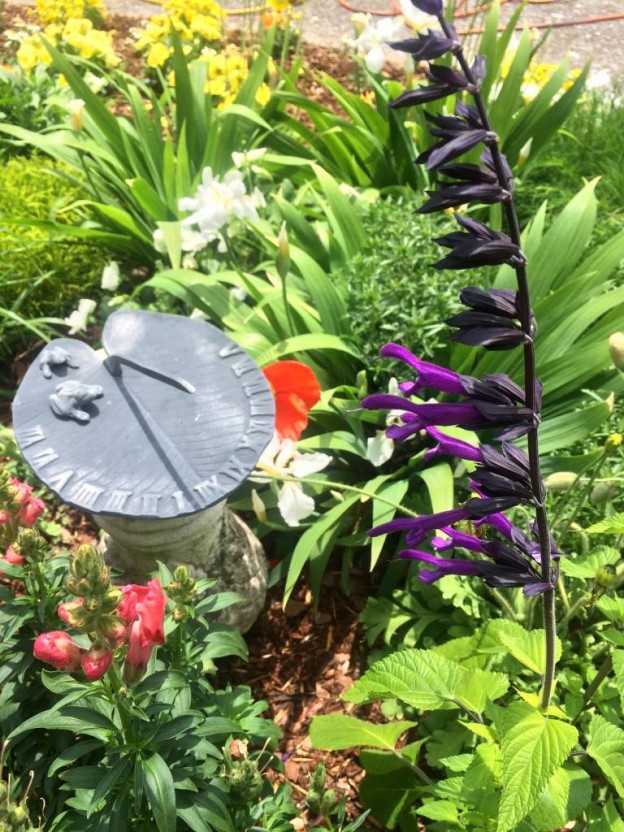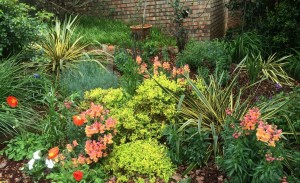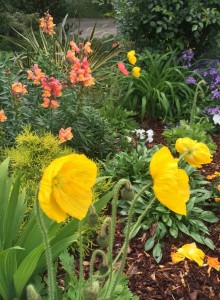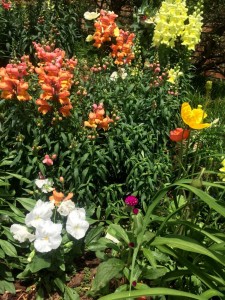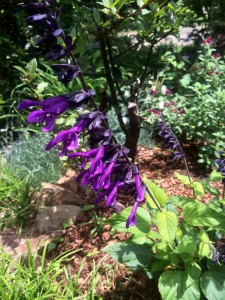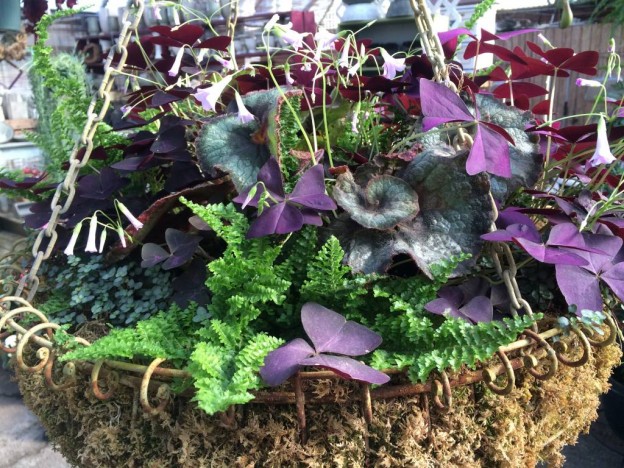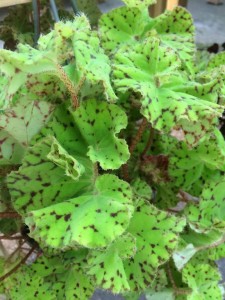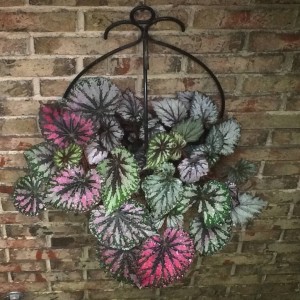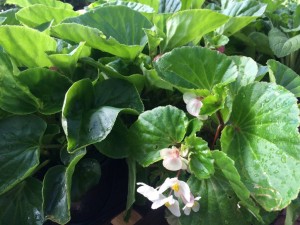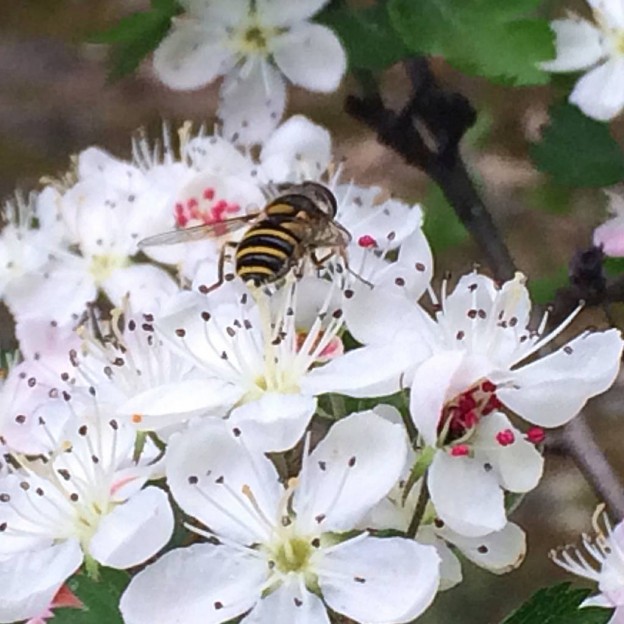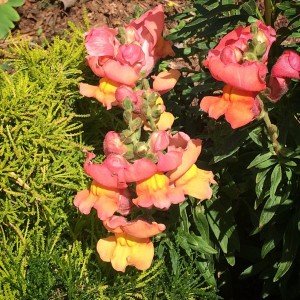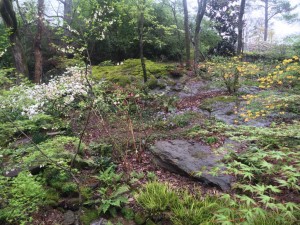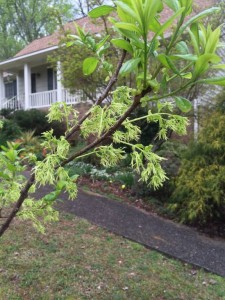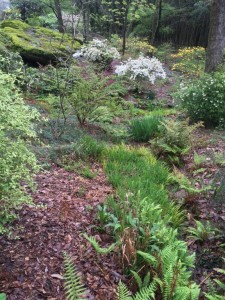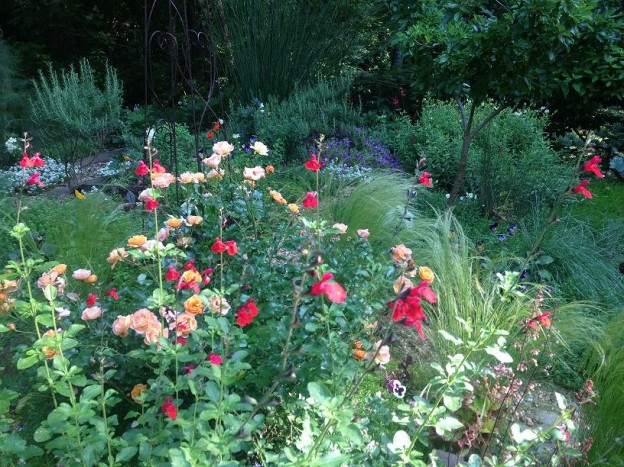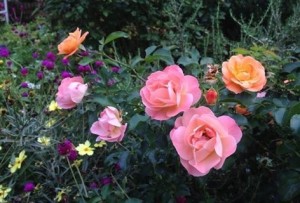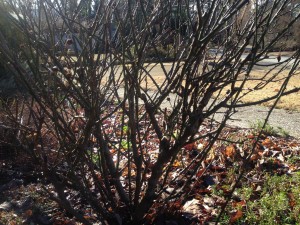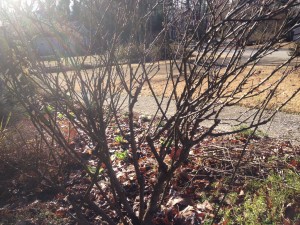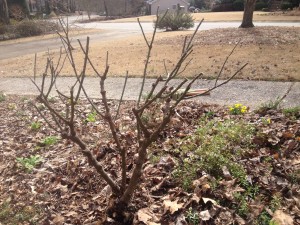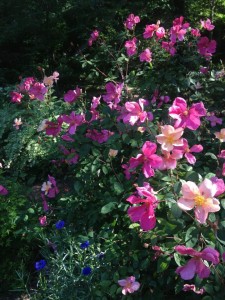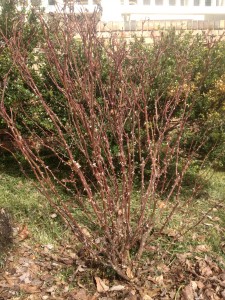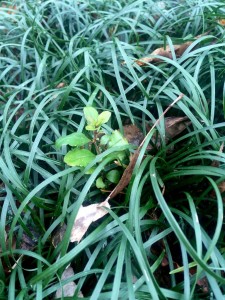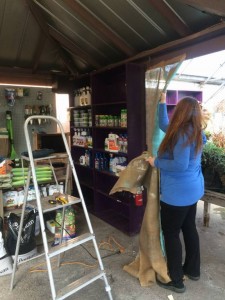
Taking the hard goods area apart…
Last year I recounted some of the changes Oak Street Garden Shop has been a part of, or witness to, in the “25 Years, …A Look Back” blog posts, observing that years ago we didn’t have the luxury of camera phones to help us easily document events of importance for our little garden shop in the heart of Crestline Village in Mountain Brook, Alabama. How far technology (and we) have come!
Our website and blog, Facebook, Instagram, and Twitter all allow us to be “out there” and connected, for better or worse. So, here’s the story, in almost real time, of the big switcharoo of hard goods area into design area and vice versa.
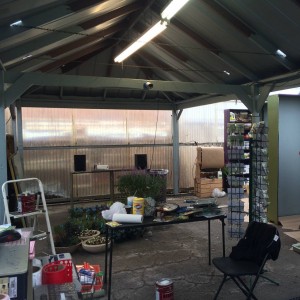
Getting worse before getting better…
Last fall, when Pinkie, Jamie, and Molly brought up the idea of moving our work area from the far end of the greenhouse to behind the cash-out area right up front, I was immediately on board. We’d been idly discussing on and off for about two years how uninviting it looked behind the cash registers.
In a space dark and hard to get to, our sales of fertilizer and other hard goods were steadily declining. Add to that the fact that our present design area was far from customers and we couldn’t always see if people needed help (Owner Billy Angell was never happy about that.), switching the two areas made perfect sense.

The plan…
I knew Billy would be pleasantly surprised that we wanted to make this move, and, after discussing what we would like, he came up with a plan in January, 2016, and we were ready to go.
We all decided that a light color would open up the space and would be a welcome change from the dark brown and eggplant shades. Jamie, Molly, Pinkie, Angie, and Danielle spent countless January hours painting the ceiling structure, posts, and everything in between a lovely blue (When they were finally finished in March, none of them wanted to lay eyes on another paintbrush!).
Thank goodness that January and February are relatively slow months, because we continued to work in the old design area even as it was being dismantled and packed up. Boxes and boxes of burlap rolls, florist picks and wire, ribbon, scissors, rock and pebbles for terrariums, moss, glue guns and glue sticks, sold tags, Sharpies…it felt like nothing was where it used to be and everything I needed was somewhere else. This obviously went on for weeks as the new work area was slowly transformed from dingy and dark to light and open, becoming a welcoming entrance to the greenhouse.
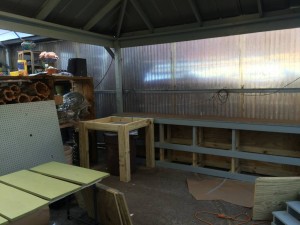
New potting bench and storage…
Bert began building the steps that would display finished arrangements and serve as end caps to the two work tables, two potting benches to anchor the far ends of the design area, and storage shelves for moss boxes, ribbon and other materials.
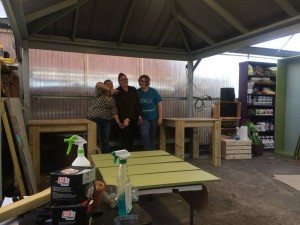
Molly, Jamie, and Danielle taking a break..
Angie, Jamie, and Molly picked up their paintbrushes again. Danielle wasn’t out of the woods on painting either, spending countless days covering the shelves that were moved into the new hard goods area. It was coming together slowly but surely.
Pinkie has great organizational skills, so I asked her to get whatever she thought would work best for our new space. Since we would be right up front, I wanted to be sure all of our work items were organized and easily accessible.
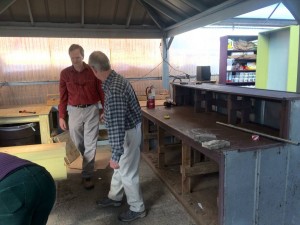
Billy and friend Pratt…

The electrician adding more light…
She measured all the storage areas, decided what we needed, and made shopping trip after shopping trip to start us out right with a clean, neat, and organized design area. I’ve said over and over that one of my favorite things are the baskets she found that an entire box of sheet moss fits in (No more ugly moss boxes everywhere!!) and that slide onto the back shelf within easy reach.
We needed more light, and everyone wanted fans to keep us as cool as possible, especially in the summertime heat. The old fans we were using were barely working, and we wanted something better.
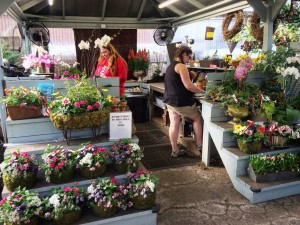
We love our new design area!
Our electrician, Ken, installed new lighting and plugs, and Billy order two brand new wall mounted fans that caused a lot of excitement when they arrived. Finally, with the two fans mounted, our new design area was complete. What a transformation!
The new hard goods area looks so much different too, in what used to be our work/design area. It’s now home to all the fertilizer, potting soil, samples of mulch, topsoil, soil conditioner and topsoil, tools, children’s tools, gloves, pruners, organic products, chemicals, mache liners, and some of our light weight pots, and is shaded too. Billy and Pinkie took charge of organizing it, and it’s much more inviting by a country mile!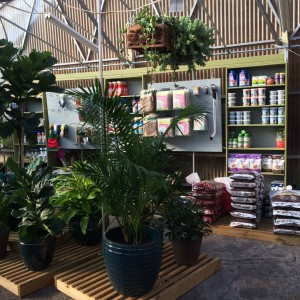
With the busy spring season upon us, we hope you’ll stop in to browse the nursery for any plants you need for the garden or planters. And, when you come in the greenhouse, be sure to take a look at our new layout too!
By Kris Blevons
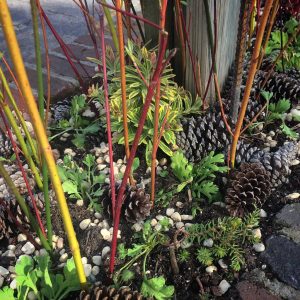 I had figured out my strategy the day before, and, on a sunny but cool Saturday morning, I got to work. Bert gathered pine cones from the side garden (I told him I needed a lot of them.). I pulled some tall, loose stems of the red twig dogwood and cut them to various lengths. There was a pot of washed pea gravel in the greenhouse, and I brought that outside too.
I had figured out my strategy the day before, and, on a sunny but cool Saturday morning, I got to work. Bert gathered pine cones from the side garden (I told him I needed a lot of them.). I pulled some tall, loose stems of the red twig dogwood and cut them to various lengths. There was a pot of washed pea gravel in the greenhouse, and I brought that outside too.
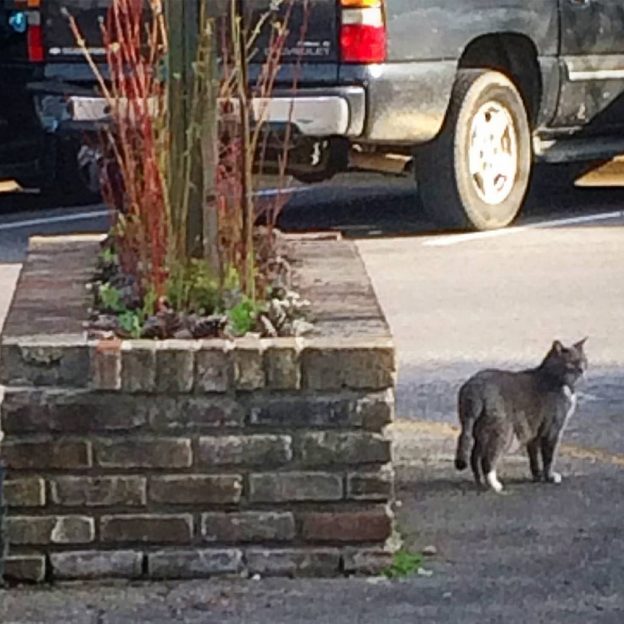
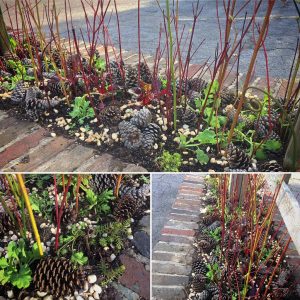
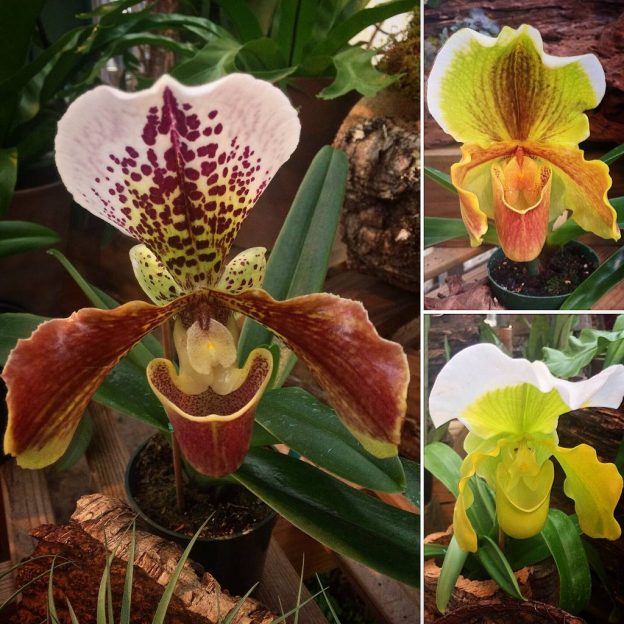
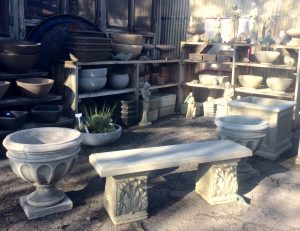
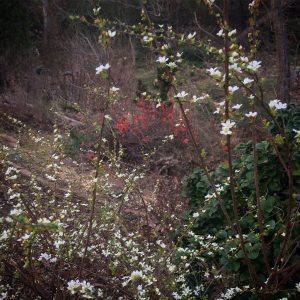
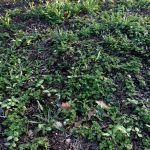
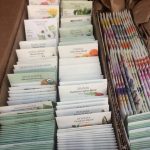
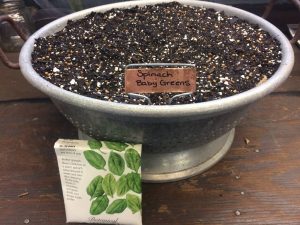


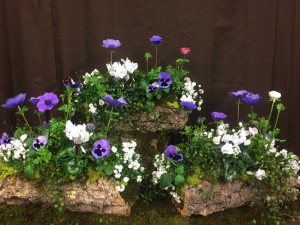

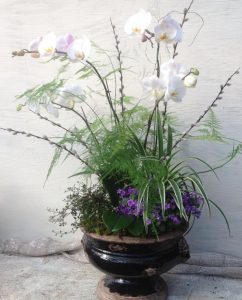
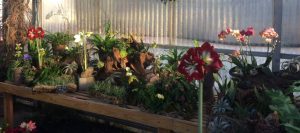
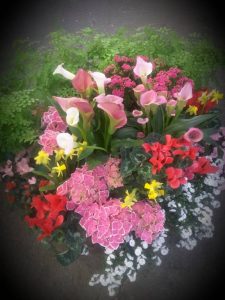
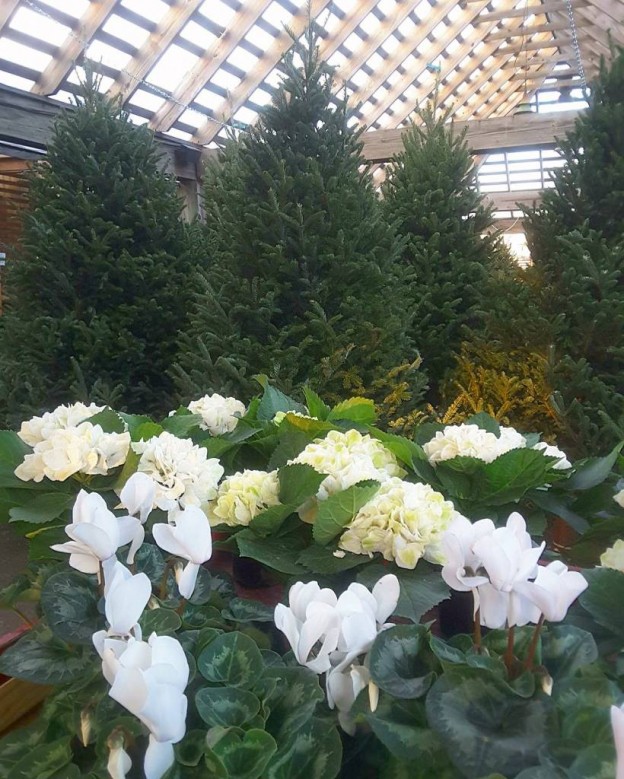
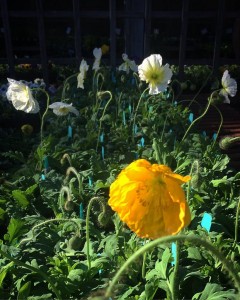
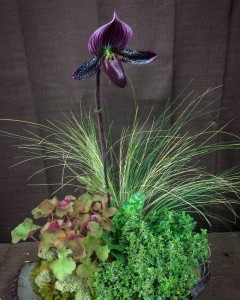
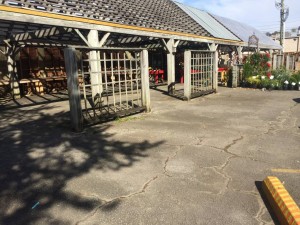
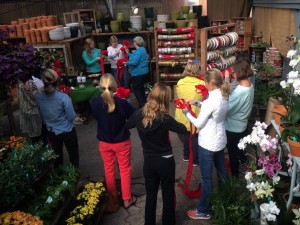

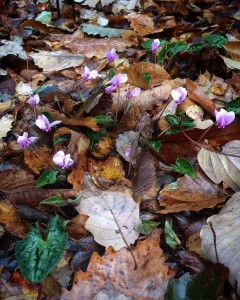
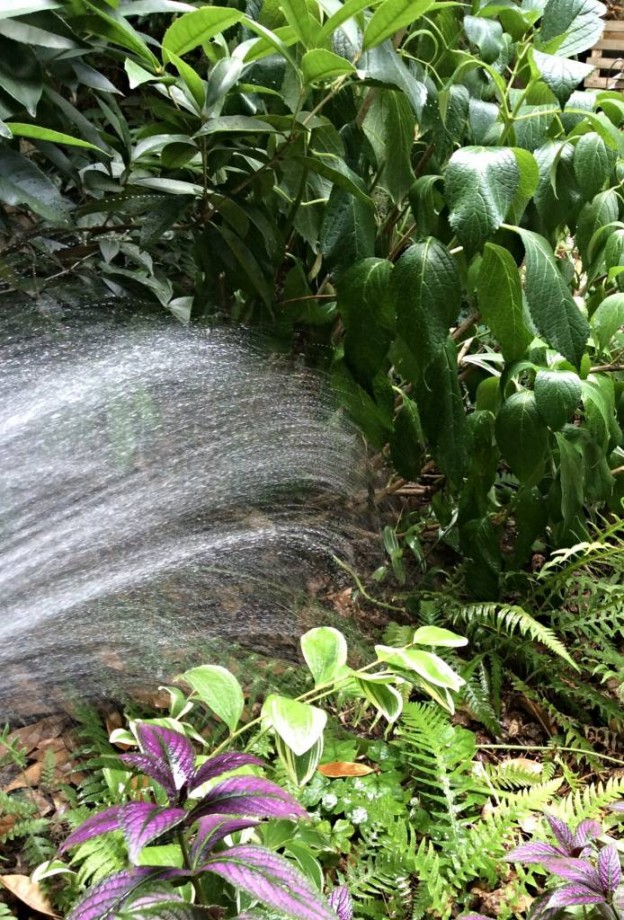
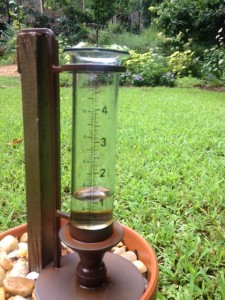

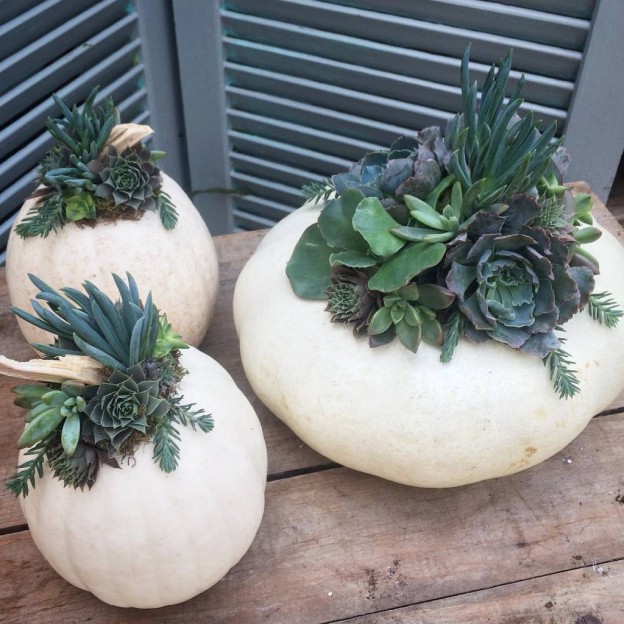
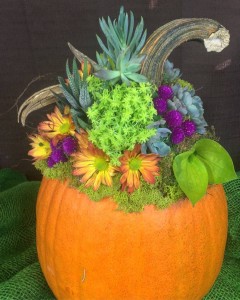
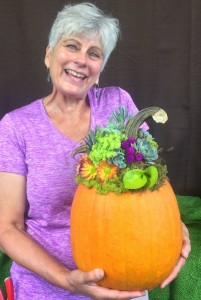
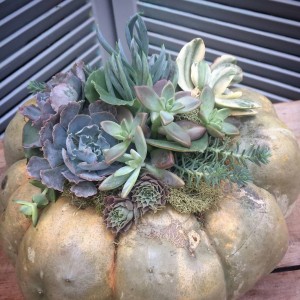
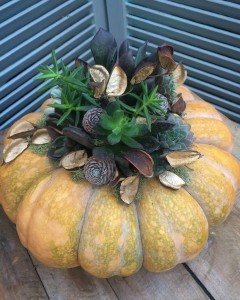
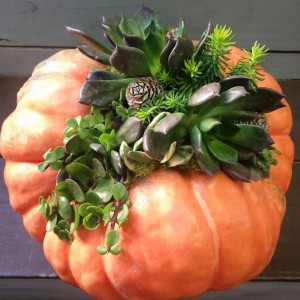
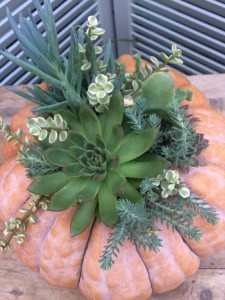
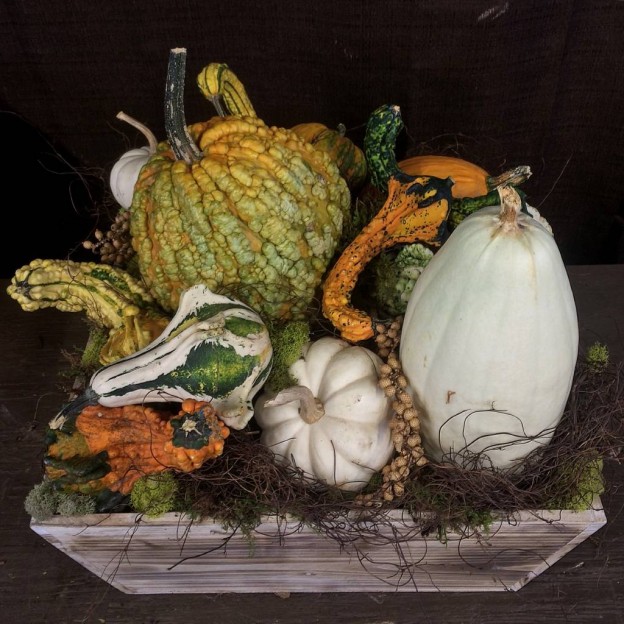
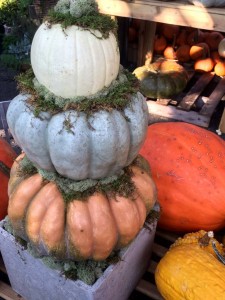
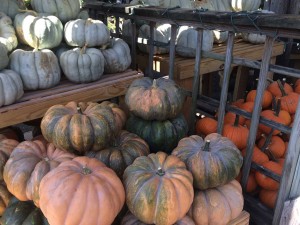
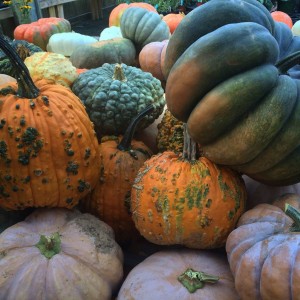
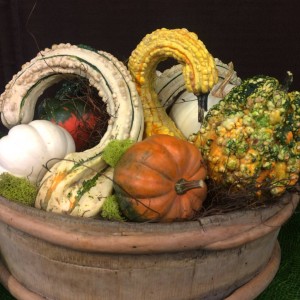
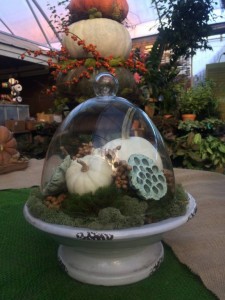
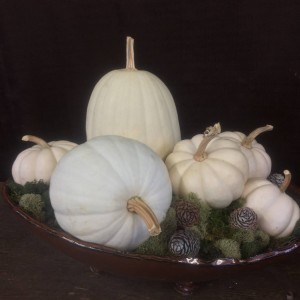
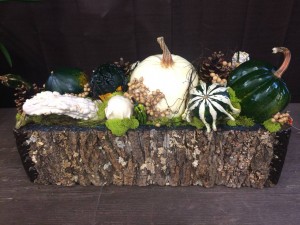
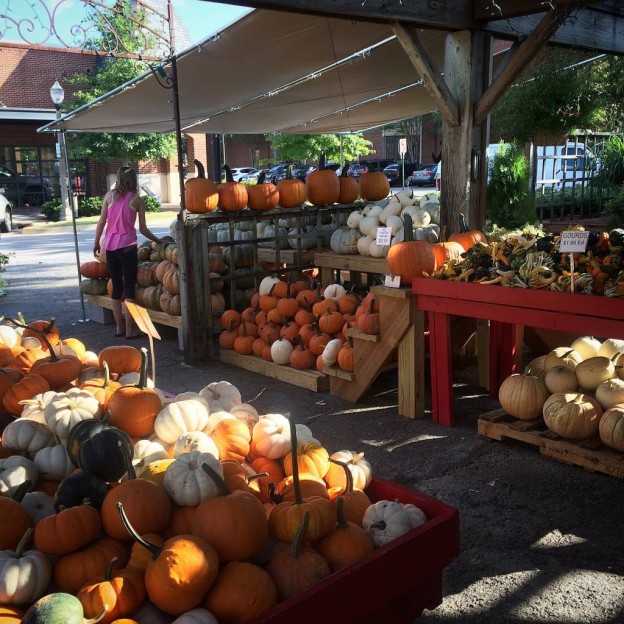
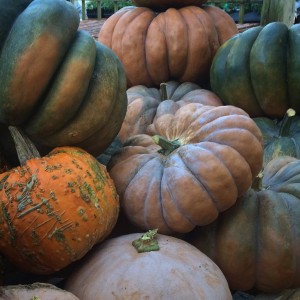
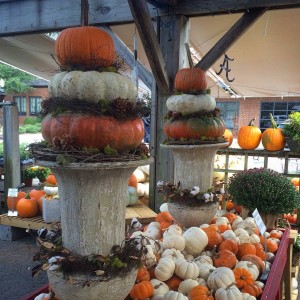
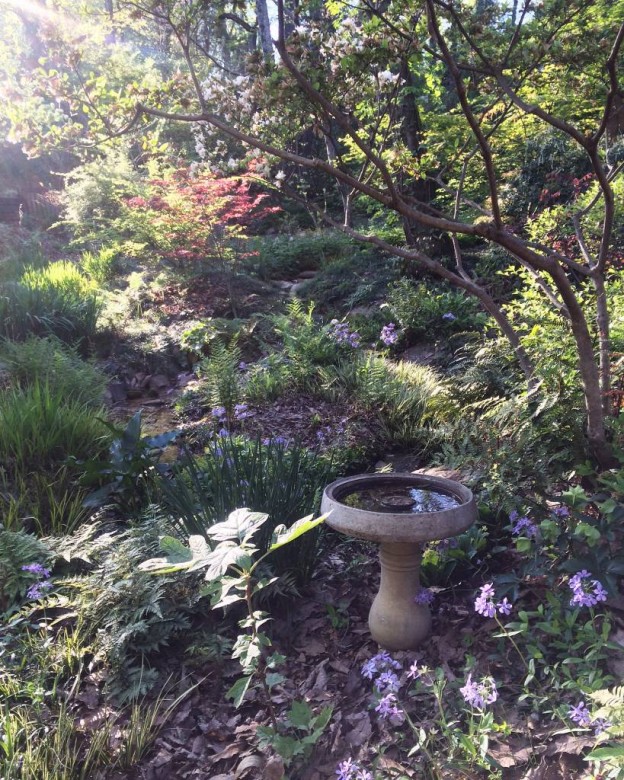
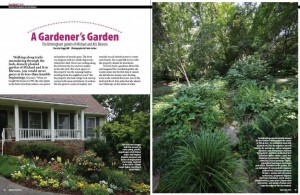
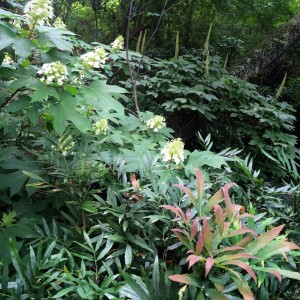
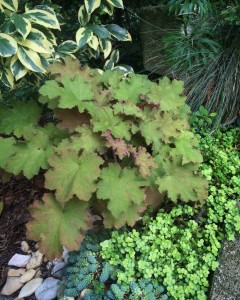
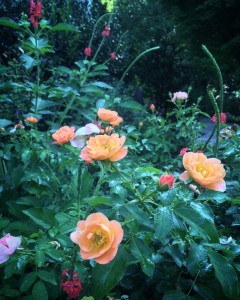
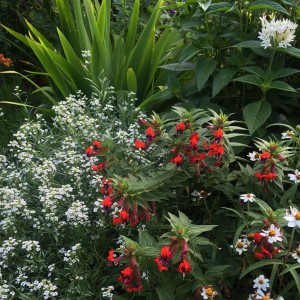
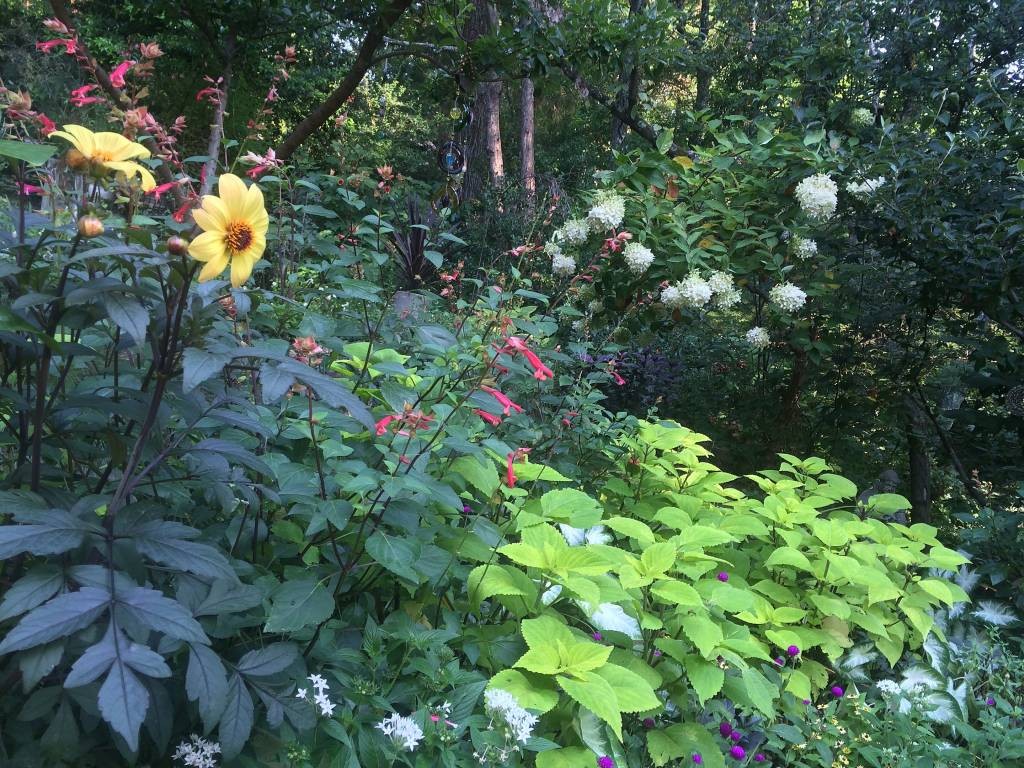
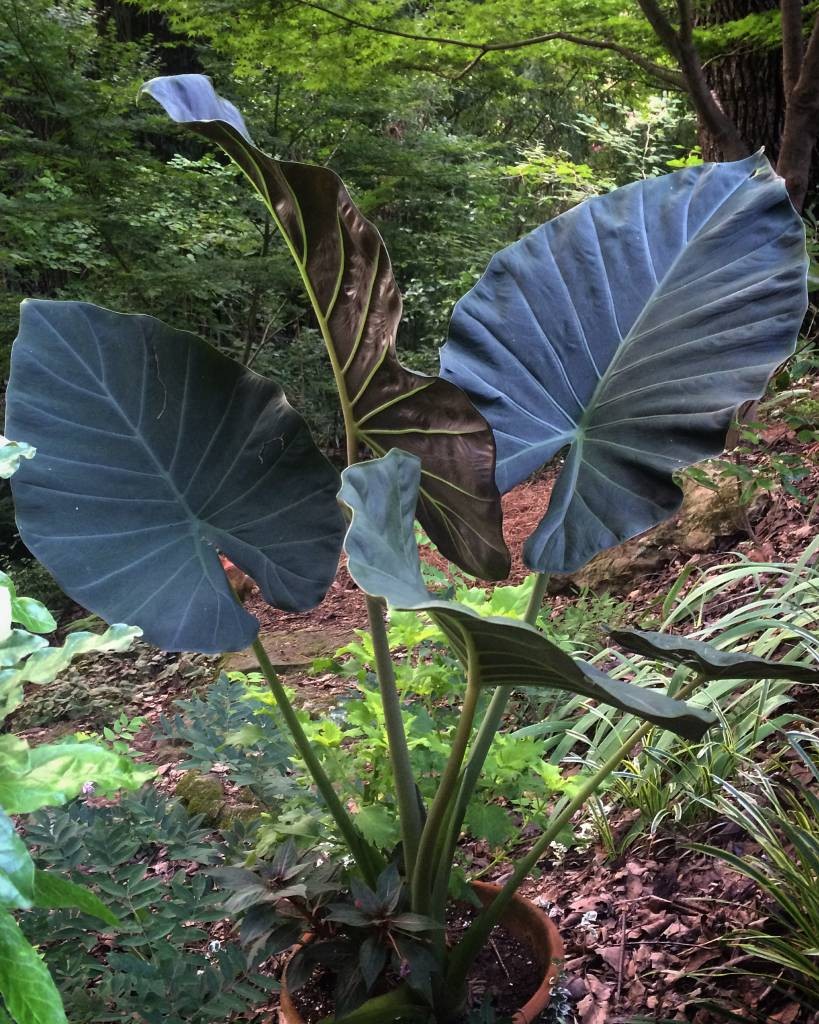
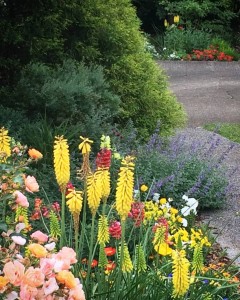 Provide for and protect wildlife in the garden.
Provide for and protect wildlife in the garden.